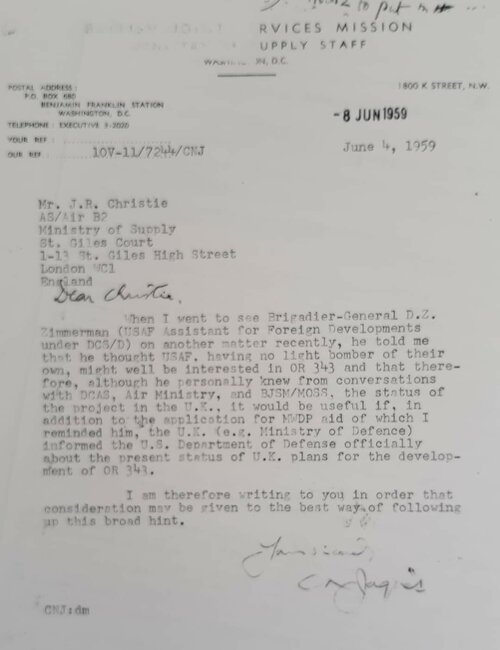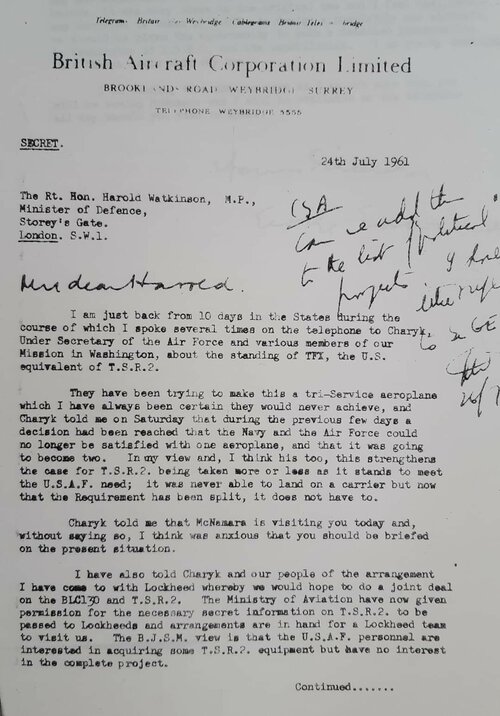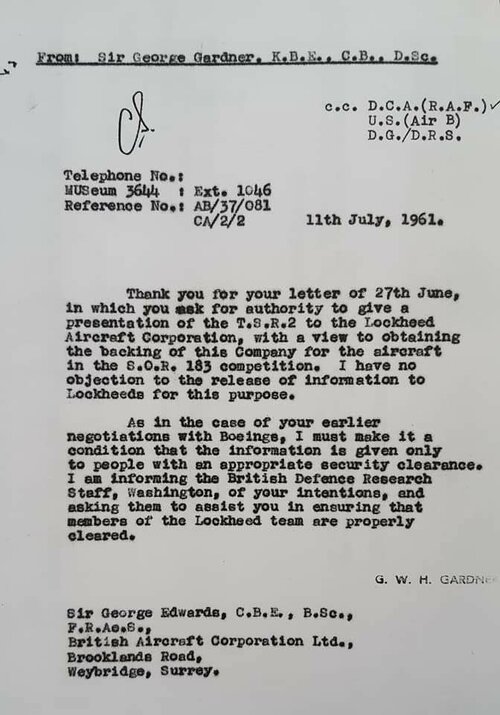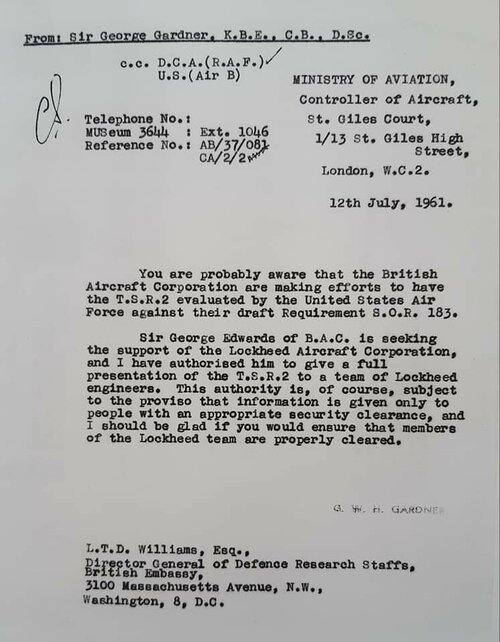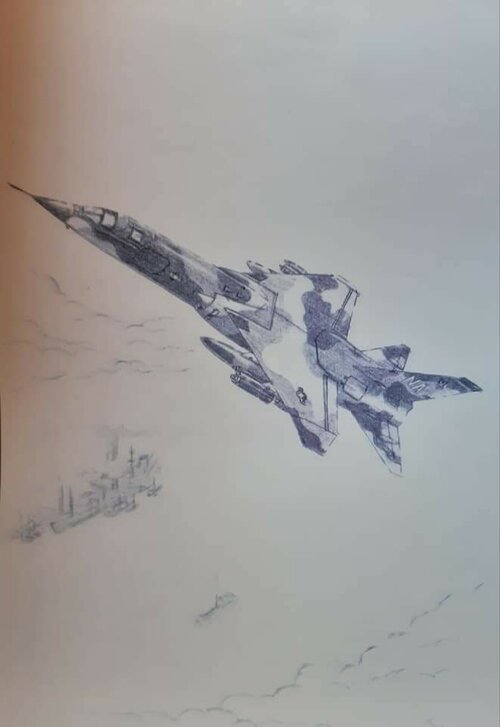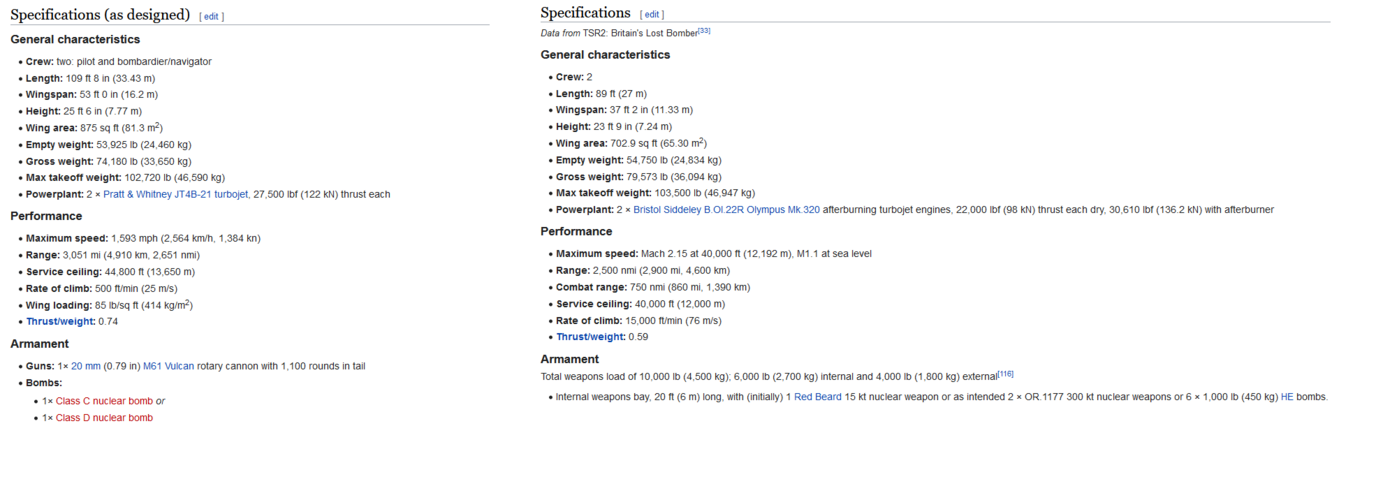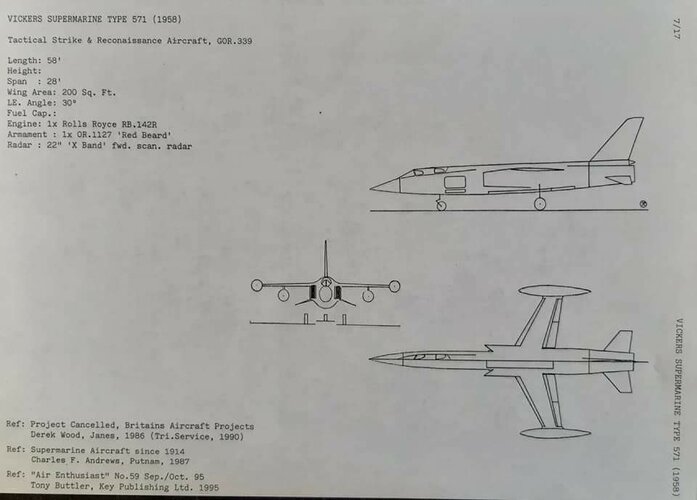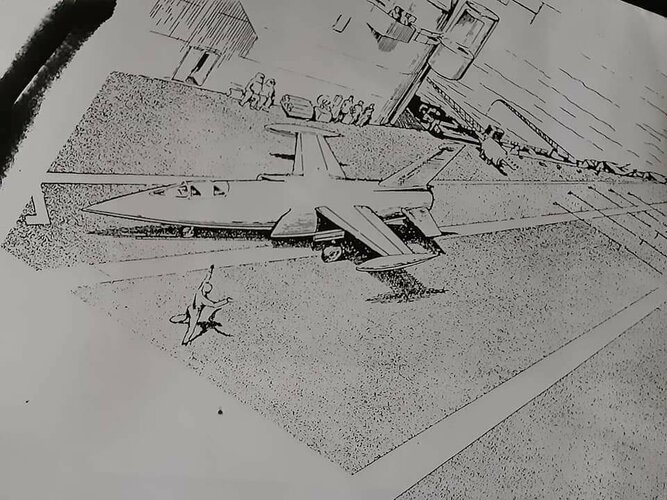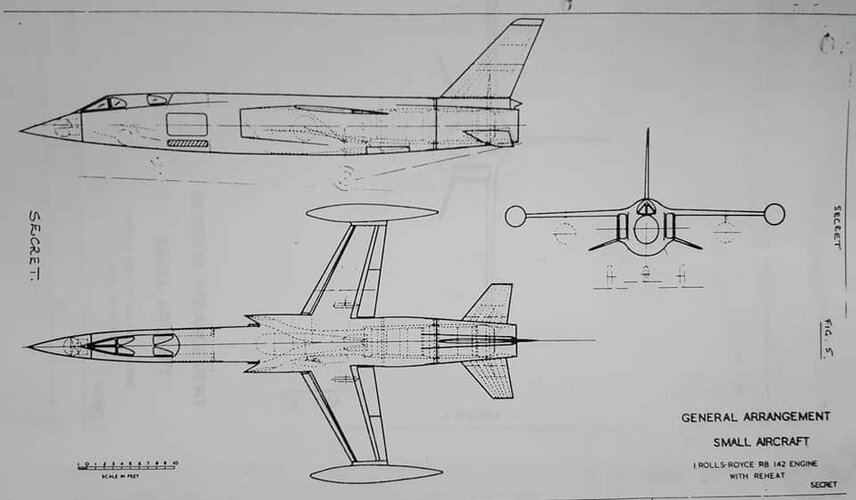It gust sort of strikes me that the orgonal usaf SOR 183 and the British GOR.339 are remarkably similar (really the American one gust haveing more aggressive requirements then Britain) which makes me wonder if there was a way to create a joint project out of them. Instead of tfx
McNamara has a joint project with a different country which based on the mbt-70 he would jump at. With the Main issue I'm seeing, that the British requirement came 4 years earlier then the American one (even though both ended up haveing first flight within months of each other), so ithere something would have to happen to the f-105 to get the usaf to not like it as much, or Britain would have give up 4 years of work.
McNamara has a joint project with a different country which based on the mbt-70 he would jump at. With the Main issue I'm seeing, that the British requirement came 4 years earlier then the American one (even though both ended up haveing first flight within months of each other), so ithere something would have to happen to the f-105 to get the usaf to not like it as much, or Britain would have give up 4 years of work.

